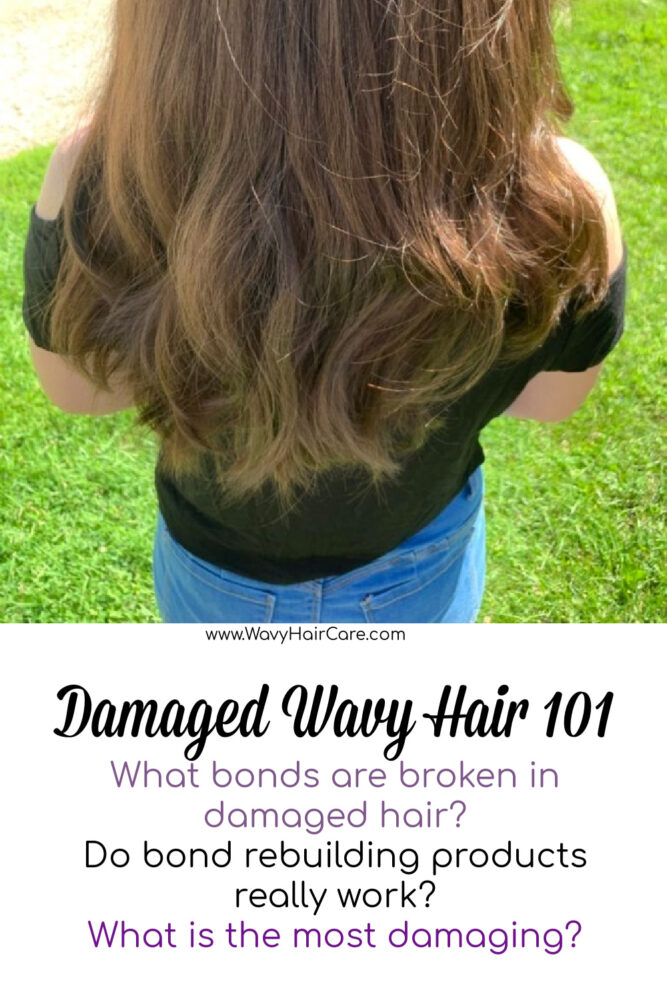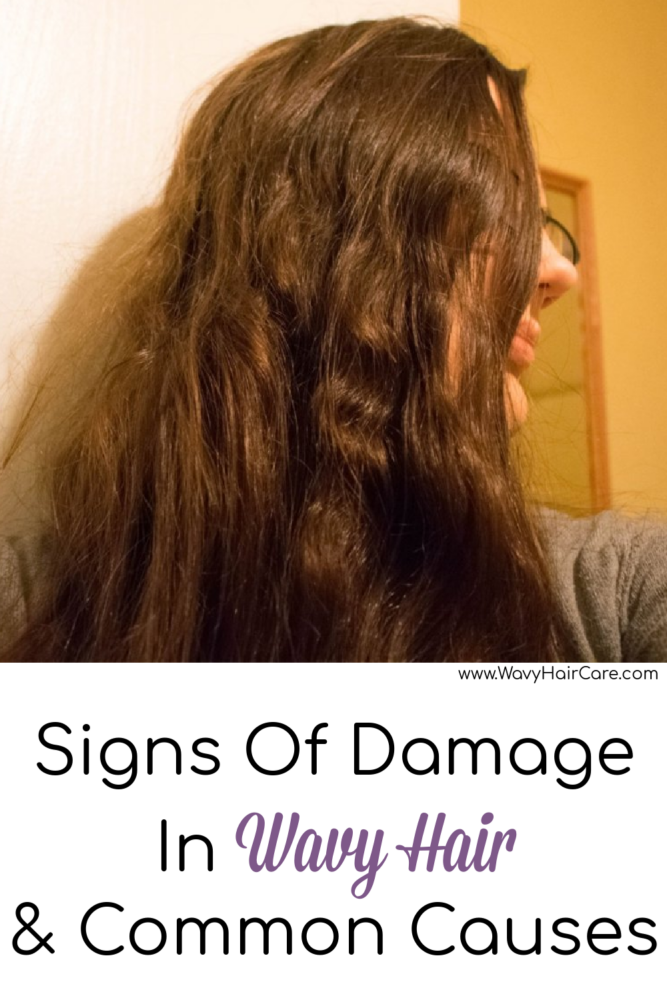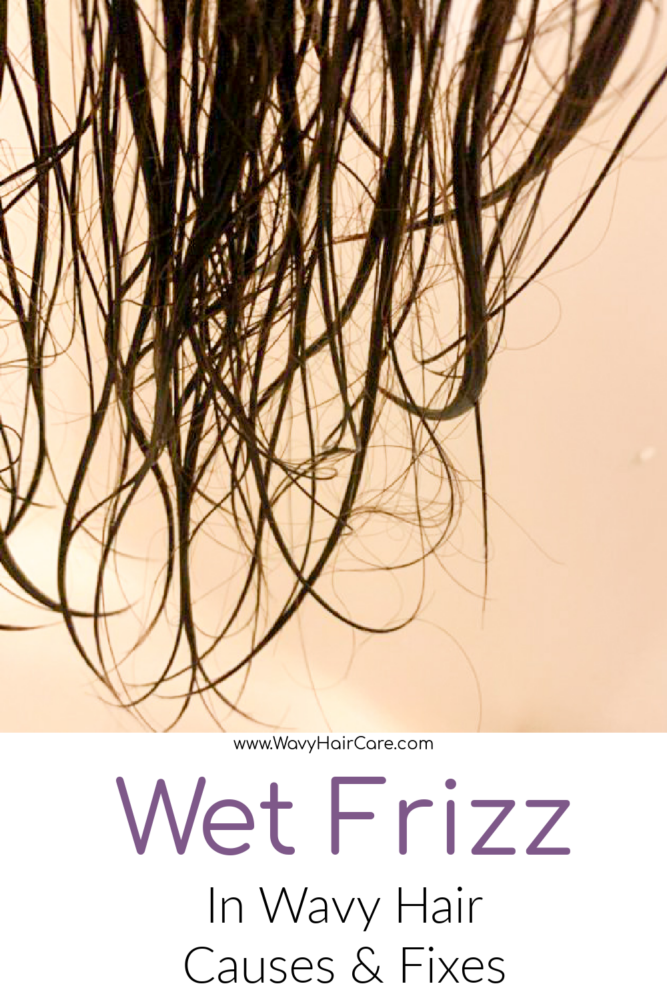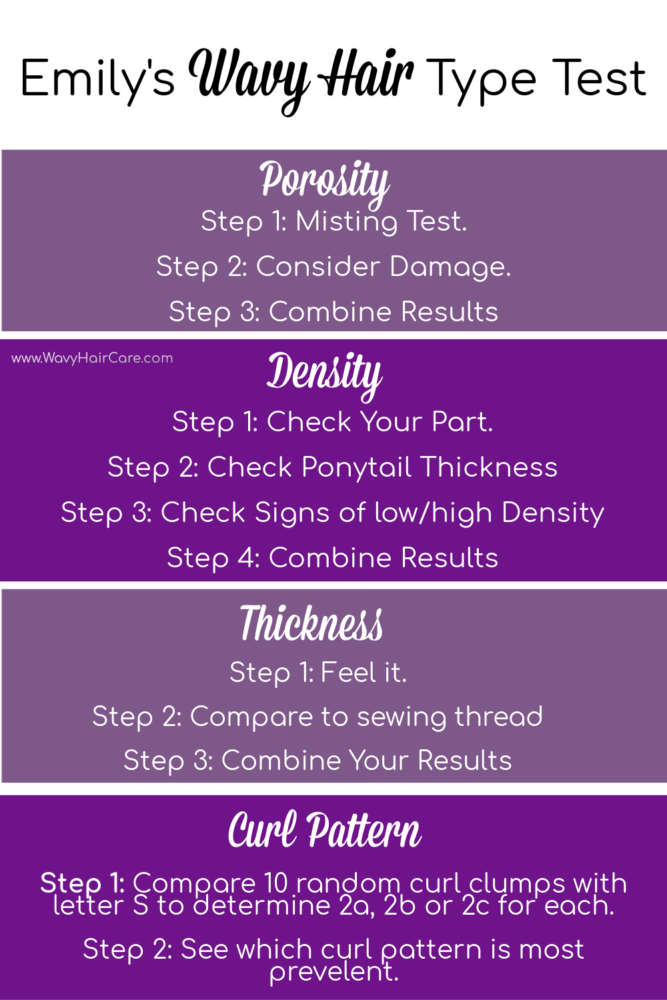Can You Really Repair Hair Bonds Damaged by Bleaching or Dyeing?
There are several types of hair bonds that can be broken. The ones broken during the process of bleaching hair or dyeing hair are primarily disulfide bonds, which are a type of covalent bonds. Those disulfide bonds cannot be fully repaired with any technology that we currently have.
The cosmetic chemists on the Beauty Brain podcast say bond builders like Olaplex and wellaplex do more conditioning than bond rebuilding. Covalent bonds or disulfide bonds are the ones damaged when hair is dyed. “It’s literally impossible to fully restore disfulfide bonds”. Hair repair products may rebuild hydrogen bonds or electrostatic bonding.
Episode 216 on bond building explains how Olaplex has a patent that claims they rebuild disulfide bonds, but patents aren’t evidence of effective peer-reviewed science.
What percentage of hair bonds are damaged while bleaching hair?
Typically 15-25% of bonds are damaged while bleaching hair, but it can be up to 45% in cases where “severe” bleaching is being done.
This is a quote from from Chemical and Physical Behavior of Human Hair by Clarence R. Robbins.
“Robbins and Kelly [5] have shown that 15–25% of the disulfide bonds in human hair are degraded during “normal” bleaching, however, as much as 45% of the cystine bonds may be broken during severe “in practice” bleaching. This latter amount of damage may occur while frosting hair, or while bleaching hair from black or brown-black to light blond”



